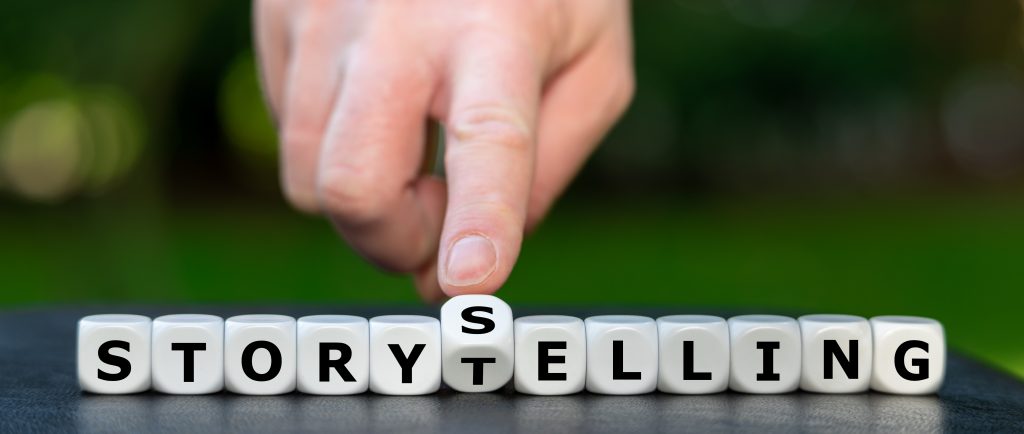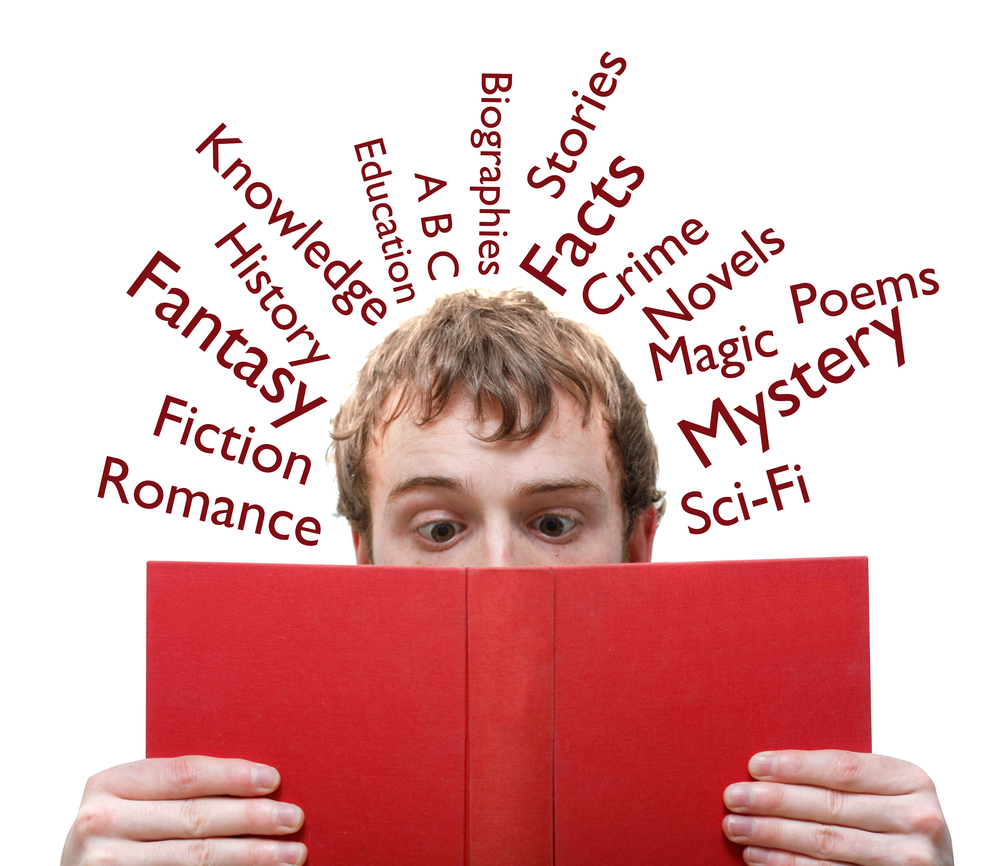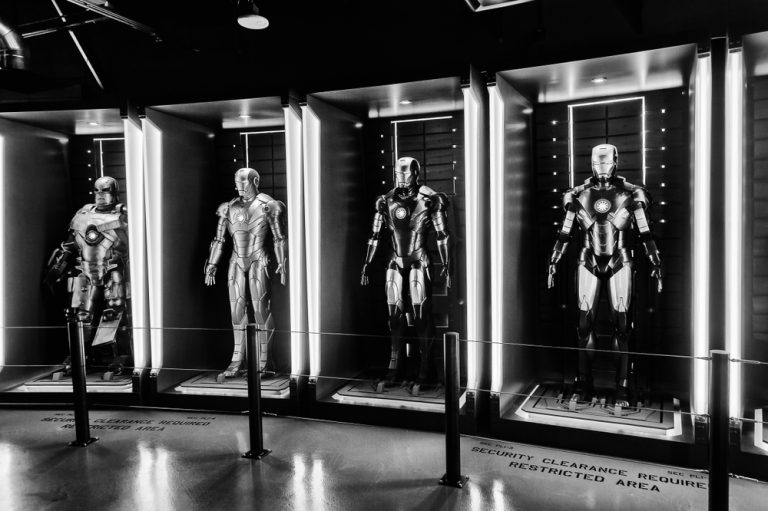Genres aren’t just for books. How to choose your brand’s narrative style
Your brand might not be a hero’s/heroine’s journey. It might be a slow-burn mystery, a cheeky romance, a survival tale… Once you know your genre, everything (voice, visuals, story arc) starts to make sense.
Your brand has a genre
This might sound strange at first. Genre? Isn’t that a bookshelf decision? A category label slapped onto the spine of a novel?
Look closer. Every brand tells a story. The question is: do you know what kind of story yours is telling?
You can feel it when the genre doesn’t fit. When the tone feels off and the visuals don’t quite land. When the content doesn’t sound like you, or doesn’t sound like anyone at all.
It’s not always a strategy problem. Sometimes, it’s narrative dissonance. You’re telling a story your audience doesn’t recognize or can’t connect to emotionally, because the rules of the genre aren’t clear.
Genre, once understood, becomes a shortcut to coherence. It gives your brand tone, shape, rhythm and pace. It becomes the structure behind the storytelling; quiet, but deeply felt.
Not everything needs to be a hero’s journey. Maybe you’re not building a brand that rises to a final confrontation. Maybe yours unfolds like a diary. Or a locked room mystery. Or a love story in slow motion.
The moment you name your genre, everything softens into place.
What is a genre, really, and why does it matter for branding?
In literature, genre is a silent contract between writer and reader. When you open a horror novel, you expect dread. When you watch a romantic comedy, you know there will be a moment of tension, followed by resolution, followed by relief. (Or catharsis, as Aristotle called that final release of tension.)
And when you read a detective novel, you enter with a question and stay for the unraveling.
Genres shape emotion. They define the emotional terms of engagement. And they let the audience relax into the story, even when they don’t know how it ends. And when the audience does know the end, the story, the journey, itself becomes important. Not the “where will we end up” but “how will we get there”.
The same is true in branding. Genre tells us how to feel about your message before we even understand your product. It gives your visual identity emotional scaffolding. It defines the arc of your emails, your captions, and your launches.
Without genre, the story feels… strange. Not mysterious, just off. Without genre, your audience doesn’t know how to follow. They’re unsure whether to laugh, lean in, trust, or walk away.
Genre matters because it sets expectations, and expectations shape emotional response.
So before you write another post or plan another launch, pause. Ask yourself: what kind of story am I actually telling?

Choose your style. Common brand genres and what they signal
Let’s walk through a few of the genres that show up, quietly, powerfully, in modern branding. Not as surface aesthetics, but as deep structural tone.
Note, though, that not everything is a perfect fit. Some brands live at the borders between genres. Some evolve over time. But chances are that one of these will start to ring uncomfortably true. Or thrillingly right.
Romantic comedy
Emotion-forward. Relationship-driven. A tone that’s intimate, flirty, and full of little human moments.
This is the genre of brands that don’t just sell but connect. They’re not afraid to be cheeky. They write emails that sound like late-night texts. They build community as part of the product.
Think: Glossier. Not just skincare, but a mirror held up with a wink. A conversation between friends who already know what you’re trying to say.
If your audience needs reassurance, connection, or warmth, this is your genre.
Mystery/thriller
Tension. Layered storytelling. A question that pulls us forward.
These brands thrive on intrigue. They don’t give everything away. They position themselves as protectors, disruptors, or strategic allies against invisible enemies, be it privacy invasion, bad UX, or broken systems.
Think: DuckDuckGo. Every message is laced with resistance. You don’t need to understand the tech, you just need to feel the threat of not using it.
Mystery is for brands that invite their audience to solve something alongside them.
Gothic/Dark Academia
Moody. Poetic. Introspective. Brands with depth, melancholy, and a slightly obsessive intellectual streak.
These are not high-volume brands. These are not shouty brands, either. These are brands that say less, but make it count. They evoke atmosphere. Their marketing is literature wearing black.
Think: The School of Life. Ideas, philosophy, design. Rooted in something slower and more enduring than trend cycles.
If your audience is reflective, creative, or world-weary, this might be your edge.
Survival story/dystopia
Raw. Urgent. Grounded in reality – and the will to change it.
These brands speak directly to pain. They don’t sugar-coat. They tell the truth because they have to. They build from grit, resilience, and frustration.
Think: Patagonia. A brand that doesn’t market around climate collapse; it markets directly into it. Their message isn’t “buy this”. It’s: “join this fight”.
If your audience is burned out on lip service and hungry for substance, start here.
Sci-fi/futurism
Speculative. Visionary. Built around what’s next.
These are brands that feel like prophecy. They’re comfortable being misunderstood. They don’t explain everything up front. They create spaces that invite belief.
Think: Tesla. You don’t have agree with the delivery, but the genre is clear. Disruption. Tech. Reimagined systems.
Sci-fi works for brands that dream boldly and make their audience part of that dream.
What happens when the genre doesn’t fit?
This is where genre becomes strategic. You might not be clear on your genre, but your audience feels it when it’s off. A community-led brand trying to sound like a corporate thriller will land cold. An abstract, visionary product explained through cozy, domestic metaphors? It creates a kind of dissonance that makes the audience quietly move away.
Genre isn’t fixed, it’s fluid. But if you don’t know what it is, you can’t evolve it on purpose. You drift. You dilute. You lose the thread. And you find yourself wondering why your content no longer connects, why it no longer sounds like you.
Knowing your brand genre doesn’t limit you. It orients you. And from there, you can pivot. You can twist. You can rewrite the rules, on purpose.
Mirror, map, shift. How to find (and evolve) your brand’s genre?
You don’t need a test, but you do need a moment of stillness and a good look at your own voice. Start with your content. What tone appears again and again? What emotion do you return to? Are you soothing or provoking? Revealing or building?
Then, shift the lens outward. What does your audience crave? Not what you think they crave or need, but what they themselves actually do. Are they burned out or curious? Do they want warmth or clarity? Do they want to be challenged or affirmed?
And, finally, ask yourself: what do I want to write? Because the most dangerous kind of dissonance is performing a story you no longer want to tell. Maybe you were a romantic comedy, but lately, you’ve been dreaming in noir. Maybe your visuals are still laughing when your message wants to whisper? Maybe you started in survival mode, but now you’re building something more visionary.
That shift can be slow. Or sudden. But it should be yours to name.
Choose your genre, on purpose
There’s freedom in choosing. There’s structure in naming. There’s magic in finally knowing what kind of world your story lives in.
Genre isn’t packaging. It’s structure. It’s narrative strategy. It’s soul. And when it’s clear, everything else aligns: the voice, the visuals, the vibe, the emotion.
So take another look at your brand story. Ask yourself: what genre are we telling? And is it still the right one?
If not, good. (Brand) Stories are made to evolve, as are you. Just make sure you know which shelf your next chapter belongs to.







